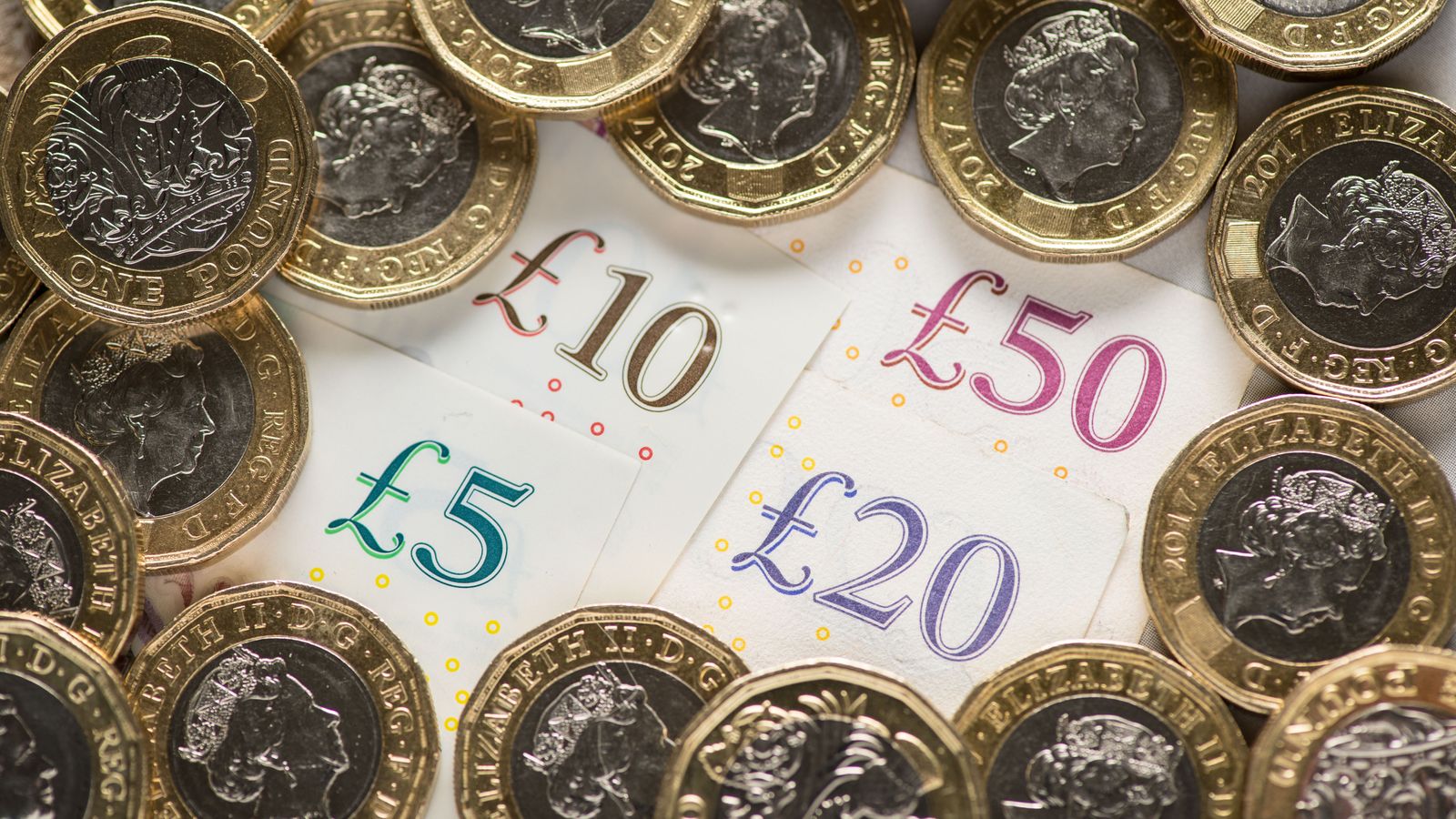They sometimes call economics the “dismal science”, and listening to economists today you can understand why.
Inflation – the percentage rate at which prices are rising each year – has just fallen out of double digits for the first time since last summer – down from 10.1% in March to 8.7% in April.
Finally, the cost of living crisis – or rather the rate at which the crisis is worsening – is beginning to abate.
So why are economists so glum this morning?
It comes back to the fact that lurking beneath that one big inflation number are two separate issues. And while the news on one is good, the news on the other is bad.
Let’s take the good news first.
Energy bills falling
Significant easing of inflation as energy costs stabilise, latest ONS figures show
Grocery inflation eases for second consecutive month
Greedflation? There’s no evidence supermarkets are profiteering – and this is why
The main thing pushing up the cost of living over the past couple of years has been rising energy prices. They’ve been reflected in our household bills and our fuel costs, as well, to some extent, as everywhere else too.
It has been a miserable period for many. So it’s welcome news that some of that pressure is beginning to abate.
While energy bills are still many multiples higher than they were a few years ago, the rate at which they’re rising (and remember, inflation is a rate of increase over a year, not absolute levels) is slowing.
The very biggest leaps in energy bills happened more than a year ago. And so the annual rate of energy price inflation no longer looks quite so dramatic.
And there’ll be better news on this front tomorrow when Ofgem announces the latest level for the energy price cap – which will determine household bills later this summer. It’s expected to fall for the first time in years.
But there’s something else going on here too.
Because when economists look at inflation they tend to be most exercised not by higher fuel or food prices. Painful though they may be for households, these prices are quite volatile from year to year.
Be the first to get Breaking News
Install the Sky News app for free
The number economists worry about
But strip those volatile elements away from overall inflation and you are left with something called “core inflation”. This is a better measure of the underlying direction of travel for inflation.
If core inflation is high it means there’s a greater chance that overall inflation stays high, not just for a short period but for the long run. And core inflation is high right now.
Indeed, far from falling in April like the overall rate, it actually rose, from 6.2% to 6.8%, the highest level in three decades.
That’s the kind of number that deeply worries economists, since it suggests there’s a chance inflation is becoming embedded in the economy – that households and businesses are beginning to assume prices are going to carry on rising for some time.
In other words, while the headline number reported today looks like good news for most of us – and indeed it is in some respects good news – the underlying picture from today’s figures is quite the opposite.
It suggests inflation is more sticky, more of a problem, than it previously seemed.
Please use Chrome browser for a more accessible video player
And the upshot of that is that the Bank of England is likely to look at today’s figures and assume its work is not yet over.
Its job is to ensure inflation remains as close as possible to 2%, and today’s figures make that job look a lot harder. So the likelihood is that the Bank will raise interest rates again at its meeting next month, to 4.75%.
And perhaps even higher thereafter, which will in turn only increase the pressure on many households.
Dismal as it might sound, this cost of living crisis isn’t yet over.






















